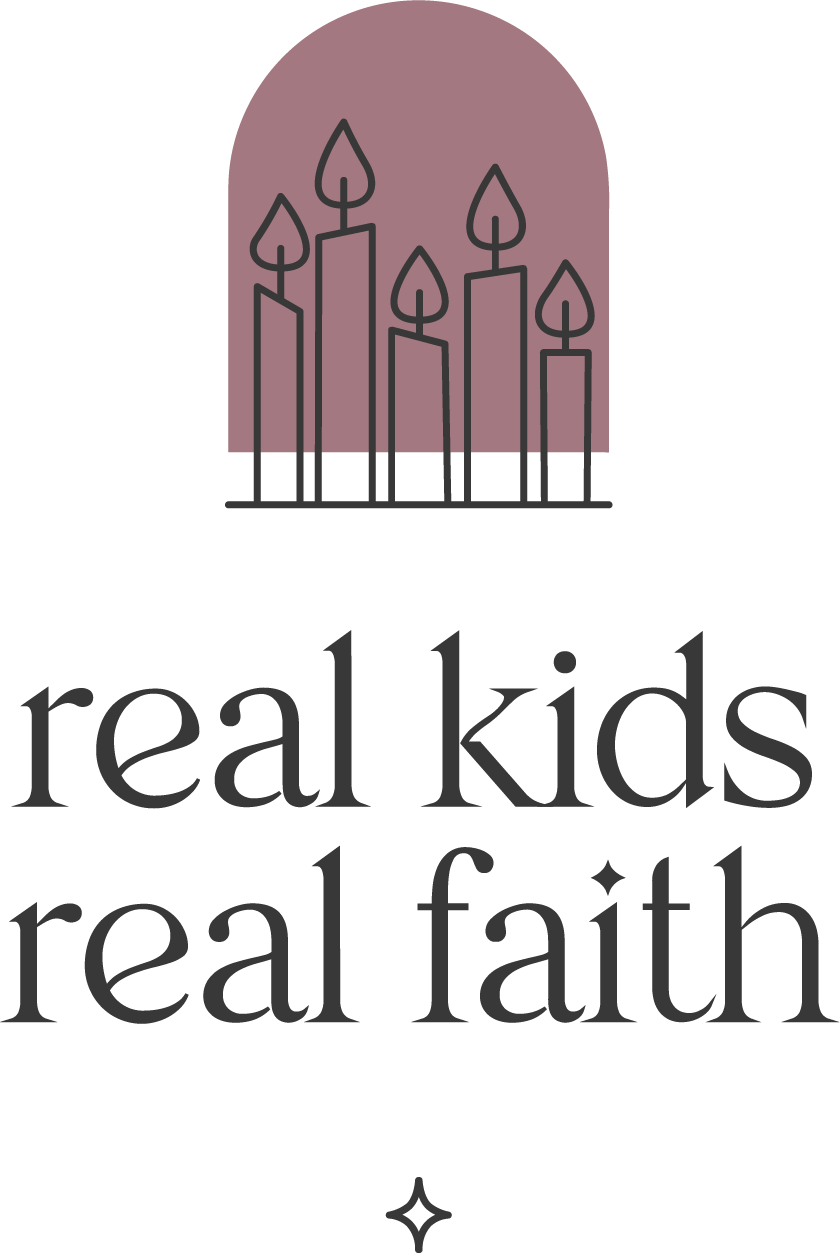A 14-year-old Georgia teen brought a gun to school yesterday, killing two other students and two teachers. Eleven other people at Apalachee High School were injured. The teen is under arrest. And once again, children, teachers, and parents nationwide are wondering how to process yet another school shooting.
Many schools will choose to reiterate their active shooter drills today. They want to ‘prepare’ students for the possibility that what happened in Winder could happen to them. Some may also observe a moment of silence for those who died. Both actions serve to help children make sense of what happened. But neither get at a question that many children may have: why would a classmate want to kill other kids?
When we talk with children about the shooting, we can address this spoken or unspoken question in a variety of ways. First, focus on factual information. Investigators do not yet know much about the teen’s motives. As news accounts update throughout the next few days, help children separate facts from speculation and stereotypes. Look for news outlets online that report using a clear distinction between ‘what we know’ and ‘what we think it means’.
Second, avoid demonizing the child who did the shooting. Labeling a 14-year-old as a ‘monster’ suggests that children who transgress social boundaries will be abandoned or cast out for their actions. The impulse to do so is understandable, but children hear that they, too, are in danger of being demonized if they challenge adult rules or act out angrily. Talk about the teen as a person who has done something bad, scary, and hard to understand. Suggest that he is more than a ‘shooter’ or ‘criminal’; he is also someone’s beloved child and a kid who probably enjoys a lot of the same things most kids enjoy.
Third, encourage children to talk about what they are thinking and feeling. Some may volunteer this information and others may mask their emotions with a dismissive ‘I’m fine’. Check in several times over the next week or two. Model self-reflection by sharing your own feelings. For example, you might say, “I feel upset and scared when school shootings happen. I know I sometimes feel really angry with people around me. I wonder if their anger got out of control and I wish they had found other ways to deal with their feelings.”
Fourth, acknowledge the social and political issues that shape the community’s response. Children will hear calls for stronger gun control, counterarguments for arming teachers, and debates about whether the teen should be tried as a juvenile or an adult. Use this event as an opportunity to discuss the values that shape your beliefs on these topics. Explore the pros and cons of various perspectives together. With younger children, explain that people disagree about who can use guns and for what purposes and ask what they think and why. With older children, talk about the characteristics that distinguish childhood from adulthood and different ways that societies respond to violence.

Comments